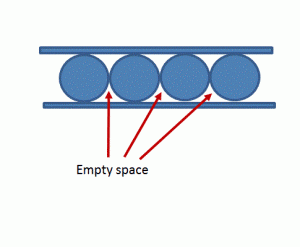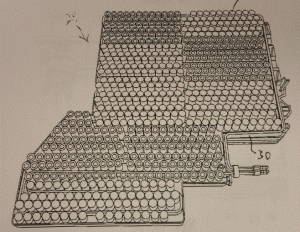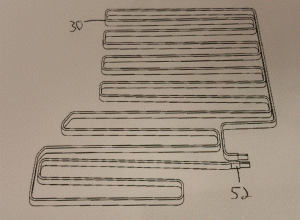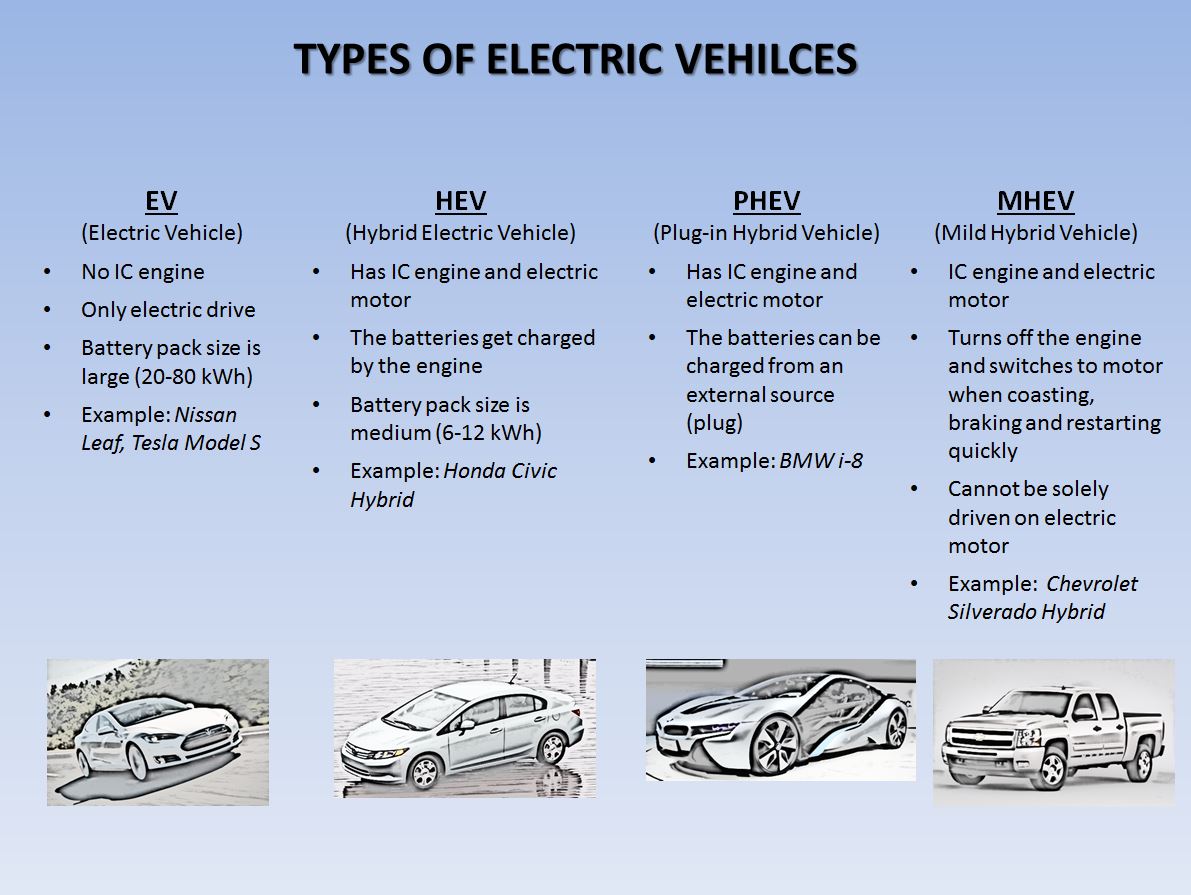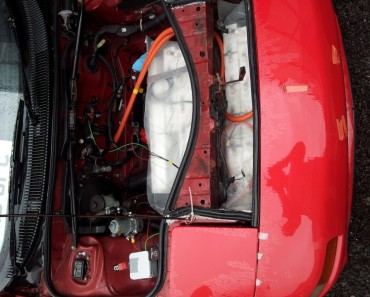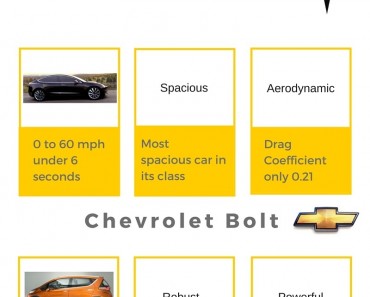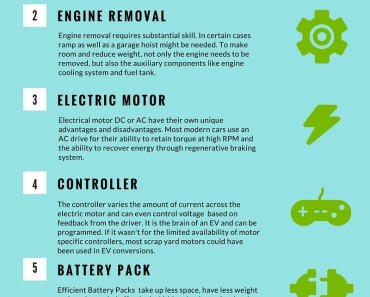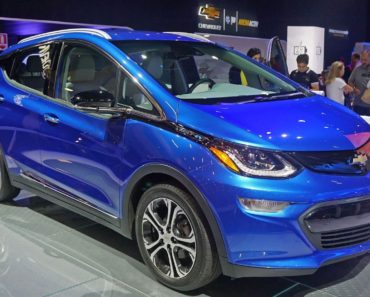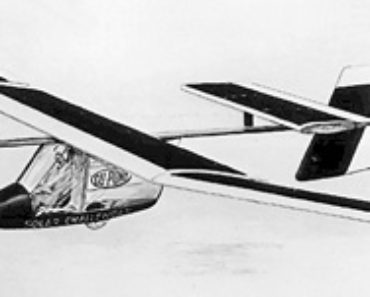Contents
It is fair to say that Tesla battery-pack has got more than just an edge when compared to similar battery-packs of notable Electric Vehicles in the market. Their battery-pack has far superior energy density and longevity compared to others. Furthermore the cost of the battery-pack ($/kwh) is lower when compared to Chevy Volt or Nissan Leaf. In this article, the battery pack will be dissected to see what makes its design optimal.
Compiled below some important numbers:
It can be seen that one of the reasons that Tesla picked up the 18650 cell is because of their inherent high Energy Density at the cell level. This Energy Density drops at the pack level because of the addition of non-energy storing components such as bus bars, container, separators/ spacers, electronics, cooling systems and BMS etc.
Back in 2007, Electric Vehicle industry was still infantile. The battery technology was proving to be the bottle neck. During the same time benefits of Li-ion battery had already been established through their extended use in cell phones and laptops. Within the Electric Vehicle industry Nickel Metal Hydride was the apparent choice. This battery although cheap to produce, had a few issues. When compared to Li-ion battery, it had lesser charge cycles and energy density was much lower. It should be noted that a decade ago, even within the Li-ion technology spectrum, different battery chemistries were emerging and several packaging options were being explored. Elon Musk’s Tesla took the most reliable option at the time. They opted for the same battery that was being used in laptops. Patents for Tesla Roadster battery pack were filed.
Tesla Battery-pack Optimization
It is remarkable that many Automotive companies that entered the EV market much later, even with the benefit of hindsight and more developed technology at their disposal, are still not able to get close to Tesla’s battery pack design. Below are the reasons that give Tesla its engineering edge.
1. Form Factor/ Packing Efficiency
Cylindrical objects lumped together make less use of available space compared to flatter cuboid objects. Tesla battery pack is composed of over 7000 plus cylindrical 18650 cells. Tesla reversed the drawback of empty space into an advantage. By developing a bespoke platform (chassis), extra space envelope was created for the batteries. Space that is normally taken up by transmission and fuel tank in an IC vehicle was instead utilized for uniform distribution of cells. In fact, because of the extra space the platform provided, the battery -pack in Tesla model S is scalable.
The empty space between cells in Tesla, provides room for cooling and expansion. There is also the advantage that in case of a thermal runaway in a single cell, the contact with the adjacent cells is minimal. Compared to pouch cell and even prismatic cell, the contact area between cells is much higher. At the pack level the energy density drops by as much as 30 % -40% for prismatic and pouch cells. Tesla, despite using cylindrical cells, managed to drop the pack level efficiency at a level that comparable to pouch cell-pack by using flexible rectangular tube for cooling.
2. Efficient Liquid Cooling
One of the reasons why TESLA battery pack claims to have a longer life and lower degradation is because it has an extremely efficient cooling system. A rectangular tube runs through the pack in the shape of a serpentine (shown in the image on the right).
Provision is made to ensure that each of the 7000 plus cells have at least one side in contact with the tube.
In other cars such as Nissan Leaf, pouch cells are stacked together without cooling channels in between them. This means there would be several cells that are not in contact with a heat loss boundary/ heat sink. Furthermore, because Leaf utilizes air cooling, the heat dissipation is not as efficient as Tesla’s liquid cooled system. As a result, performance of Nissan Leaf has been reported to deteriorate in extreme climates.
Compared to other cylindrical cells such as 26650, the 18650 also allow higher Surface Area to Volume ratio, which helps in better thermal management. It should be noted that cooling system needs to be active even while the batteries are being charged because thermal energy is released by cells.
3. Safety and Reliability
The superior safety and reliability of Tesla battery pack compared to other is based on a variety of factors:
- Cylindrical cell with NCA chemistry as used in Tesla are safe and reliable when compared to other Li-ion chemistries.
- A single cell in itself carries much less energy ( typical values: 3.1 Ah for 18650 as opposed to 32 Ah for pouch cell) and in case of thermal runaway will release much less energy
- Tesla cell have spaces in between and therefore penetration at pack level is less dangerous than in case of compacted pouch or prismatic cells
- Tesla also apply a coating of intumescent material on their cell. This Intumescent coating absorbs energy and swells up and therefore does not pass on heat to other cells in vicinity.
Tesla’s decision to work with 18650 seemed to be counter-intuitive at the time and many pointed out that it was a decision purely based on economic reasons (lower price and multiple suppliers). However, through ingenuity, they have not only reaped the inherent benefits of the cylindrical cell packaging but more importantly reversed all the disadvantages that come with it.
With the raging success of their existing battery-pack, there is no reason why Tesla should not retain this design in their mid-market car Model 3.
Further Reading
Evolution of Electric Transport (infographic)
Types of Li-Ion Batteries used in EV’s
References:
Information on BMW i3 cells supplied by SB Limotive
Information on Renault Zoe cells
Please feel free to share this article. Social media share buttons are present below.


